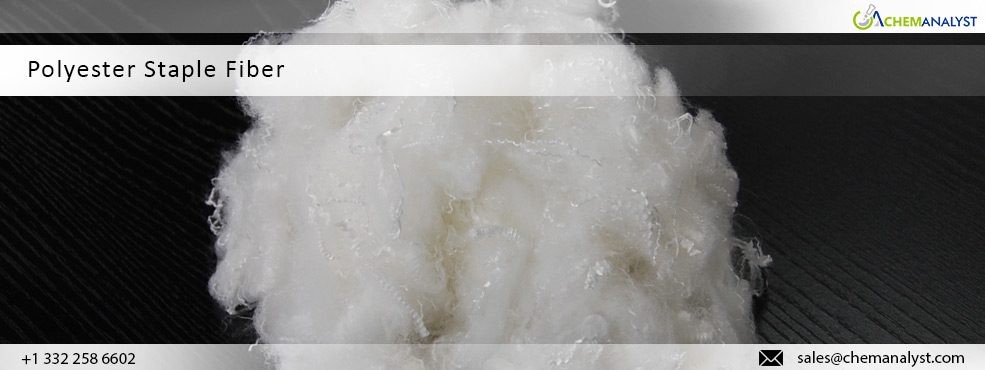Global PSF Market Experiences Price Drops in Early July Due to Weak Demand
- 26-Jul-2024 4:38 PM
- Journalist: Gabreilla Figueroa
In early July 2024, global Polyester Staple Fiber (PSF) prices showed a stagnation and decline due to the peak off-season period, subdued downstream demand, and insufficient cost support from feedstock. The PSF market across various regions reflected these trends, with notable decreases in prices.
In the U.S., PSF prices fell by approximately 2.5% during the first half of July. This decline was driven by collapsing cost support and a lack of demand as the market entered its typical off-peak phase. Local production costs also dropped due to weak feedstock support, while import prices from Asian markets remained low. This trend contributed to a slowdown in the U.S. apparel market, with import volumes down by 1.4% year-on-year and import values falling by 6.1%, primarily due to a 4.8% decrease in unit prices. During the first five months of 2024, U.S. apparel imports saw a slight 0.5% increase in volume, but the overall value dropped by 6%, resulting in relatively flat import performance.
Similarly, in Europe, PSF prices experienced a downward trend in early July. In Germany, prices declined by about 2%, influenced by low-cost imports from Asia and reduced domestic demand. German exports to non-EU countries decreased by 2.6% in June 2024 compared to May, based on adjusted data from the Federal Statistical Office (Destatis).
In China, PSF prices have been decreasing since early July, with a decline of approximately 2% in the domestic market. During this period, both feedstocks—MEG and PTA—also showed declines, putting additional downward pressure on PSF prices. Furthermore, there was a reduction in demand both domestically and internationally, leading manufacturers to cut production by mid-July. Consequently, the factory load fell to 73%. As market orders dwindled, the enthusiasm for purchasing raw materials diminished, with enterprises now buying mainly out of necessity. This has caused the average production and sales rate of polyester to drop to 39%, contributing further to the rising inventories.
Despite these challenges, domestic manufacturers in China remained optimistic about future sales prospects during the early weeks of July, which has supported continued production. Additionally, the operating rate of PSF plants remained high at about 86% in the second quarter of 2024, marking a 7% increase from the previous year. This elevated operating rate, along with a 15% increase in PSF output compared to last year, has been driven by the expectation of strong sales of PSF in the future. However, historically, production cuts usually start around mid to late May; however, this year, some mills only began to cut production around the Dragon Boat Festival in mid-June.
In conclusion, analysts anticipate that PSF prices will likely remain soft in the global market in the coming weeks due to ongoing demand softness and moderate prices for PSF feedstock.



